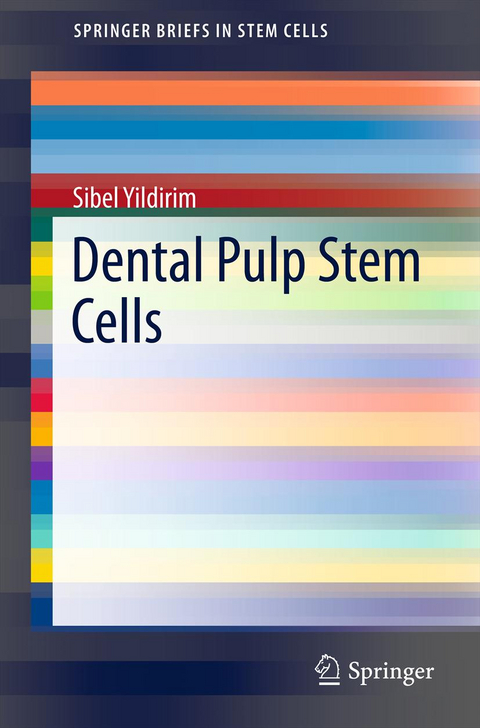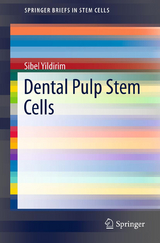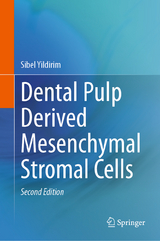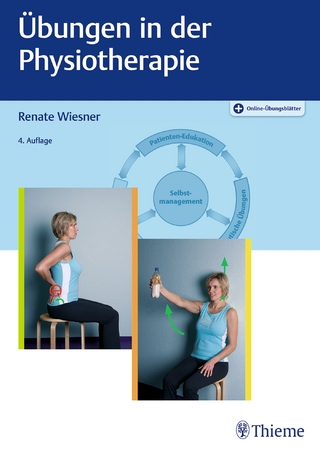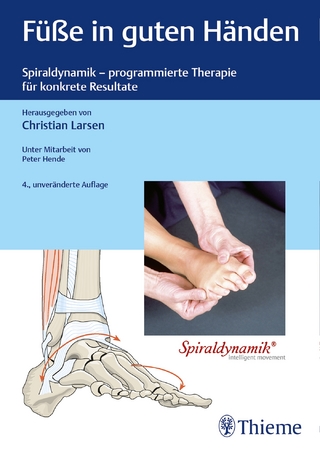Dental Pulp Stem Cells
Springer-Verlag New York Inc.
978-1-4614-5686-5 (ISBN)
Stem cell technology is moving forward at a tremendous rate. Recent discoveries have surprised even the most expert researchers. While every piece of new data broadens the current knowledge and contributes to this moving forward, the new data also serve as paradigm shifters of fundamental knowledge of cell biology. While the question ‘What is a Stem Cell’ may now seem to basic to even discuss, there are still some discrepancies, however, between groups in terms of their functional roles. Teeth develop from the ectoderm of the first branchial arch and the ectomesenchyme of the neural crest. Deciduous teeth start to form between the sixth and eighth weeks, and permanent teeth begin to form in the twentieth weeks. Several studies have demonstrated that the pulp from both adult teeth and deciduous teeth contains dental pulp stem cells. Several factors have made them very attractive as a model system for many researchers; they are multipotent, ethically and non-controversially available in large numbers, immuno-compatible, developmentally primitive, easy to isolate and have high expansion potential in vitro. However, many controversies still exist in the field. There are several unanswered questions in the biology of dental pulp and odontoblasts. This new volume in the SpringerBriefs in Stem Cells series presents an evaluation of stem cells from human dental pulp as a reliable stem cell source for cell-based therapy to stimulate tissue regeneration.
Sibel Yildirim is professor at the Faculty of Dentistry, Department of Pediatric Dentistry, University of Selcuk, Konya, Turkey. She has been lecturer and practising dentistry at the university for years. Her colleagues and she have established the first multi-disciplinary, dental/oral research centre in Turkey. She has authored many papers in international journals and has completed several research projects. Along with her pediatric dentistry PhD, she has also her second PhD on histology and embryology. Her research interests include many aspects of dental pulp and induced pluripotent stem cells, deciduous tooth resorption, the viral ethiopathogenesis of pulpal/periapical diseases of deciduous teeth and vital regenerative pulp therapies using recombinant human proteins or gene therapy. Accordingly, she has led some experiments on deciduous tooth pulp tissue and her team obtained important results showing high regulatory capacity of dental pulp cells on the events of deciduous tooth resorption or retention. She had a change to study with the indisputable leaders in the dental engineering field in Japan, Switzerland and the United States. She has become an expert for stem cells from the pulp tissue of deciduous and permanent teeth. In addition to her dental tissue engineering studies she has pursued re-programming experiments She could observe that stem cells that have dental origin displayed strong potential for reprogramming. She believes comprehensively that isolating epithelial and mesenchymal stem cells from deciduous teeth and turning them to iPSCs will point toward novel venues for in situ restoration of dental tissue repair. Currently her ongoing projects are focused on epigenetic regulations in dental pulp tissue. As a pediatric dentist, histologist and embryologist, after long years of experience in academic fields in different continents, she has found herself that she became a student again who is keen to reach beyondthe traditional boundaries of biology. After she read Sui Huang’s and Stuart Kaufman’s marvellous ideas, she totally convinced that complexity is the only field that helps to achieve her goals; moving one step closer to understanding life.
Dental Evolution.- Tooth development.- Dental Pulp is a Connective Tissue.- Dental Pulp Stem Cells (DPSC).- Isolation methods of DPSC.- Characterization of DPSC.- Reprogramming of DPSC to induced pluripotent stem cells (iPSC).- Immunomodulatory effects of DPSC.- Dental Pulp is a Complex Adaptive System.
| Erscheint lt. Verlag | 15.10.2012 |
|---|---|
| Reihe/Serie | SpringerBriefs in Stem Cells |
| Zusatzinfo | 73 Illustrations, color; 3 Illustrations, black and white; X, 83 p. 76 illus., 73 illus. in color. |
| Verlagsort | New York, NY |
| Sprache | englisch |
| Maße | 155 x 235 mm |
| Themenwelt | Medizin / Pharmazie ► Physiotherapie / Ergotherapie ► Orthopädie |
| Medizin / Pharmazie ► Zahnmedizin | |
| Naturwissenschaften ► Biologie ► Genetik / Molekularbiologie | |
| Naturwissenschaften ► Biologie ► Zellbiologie | |
| Technik ► Medizintechnik | |
| ISBN-10 | 1-4614-5686-X / 146145686X |
| ISBN-13 | 978-1-4614-5686-5 / 9781461456865 |
| Zustand | Neuware |
| Informationen gemäß Produktsicherheitsverordnung (GPSR) | |
| Haben Sie eine Frage zum Produkt? |
aus dem Bereich
